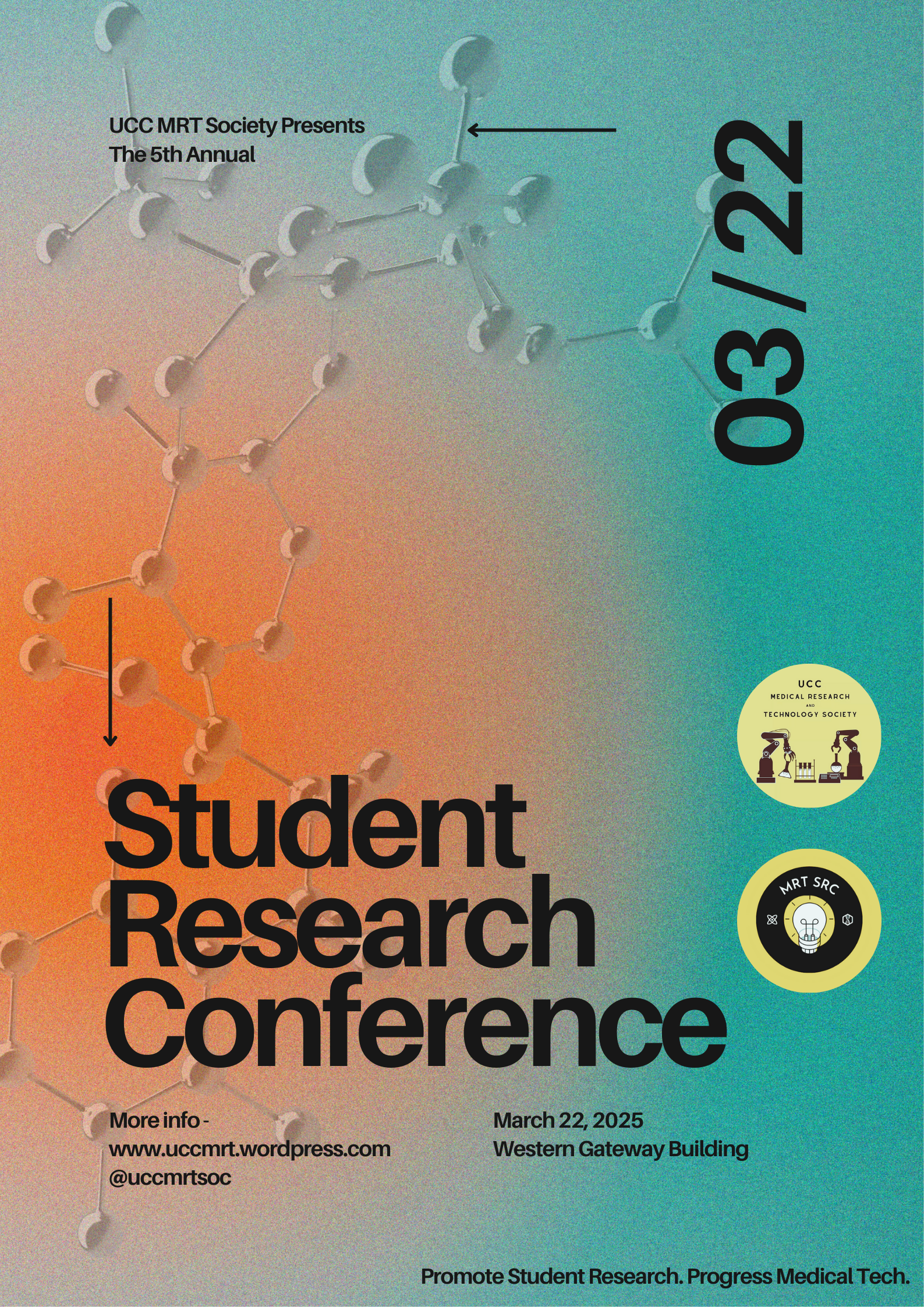Proton Pump Inhibitors as chemoprophylaxis against the progression of Barrett’s Esophagus: a literature review
DOI:
https://doi.org/10.33178/SMJ.2025.1.35Abstract
Background: Barrett’s Esophagus (BE) is a premalignant condition with a strong association with an increased risk of Esophageal Adenocarcinoma (EAC). Due to this established progression, management strategies focus on symptom control with acid suppression therapy via proton pump inhibitors (PPIs), and endoscopic surveillance using advanced imaging techniques to detect neoplastic progression early, despite its small association with decreased mortality. These approaches emphasize early detection rather than preventing malignant transformation. A case described in The New England Journal of Medicine highlights a 56-year-old obese man with a 4-cm segment of non-dysplastic BE who was managed with PPIs for reflux control and endoscopic surveillance. This case exemplifies a key gap in standard clinical practice - BE management relies on PPIs and surveillance rather than chemoprevention. Given this, optimizing PPI dosage as a targeted pharmacological intervention could offer a minimally invasive alternative to more resource-intensive endoscopic interventions, reducing procedural burden on healthcare systems. However, the role of PPIs in chemoprophylaxis remains unclear, necessitating further investigation into their efficacy in preventing neoplastic progression.
Objectives: Evaluate the efficacy of PPIs as a chemopreventive strategy by establishing the optimal dosage and duration required and assess whether PPIs, either alone or in combination with other pharmacological agents will effectively interrupt the progression of BEs from high-grade dysplasia to EAC.
Methods: To address this gap, a systematic search was performed using PubMed with MeSH terms. Exclusion and inclusion filters were applied, yielding 49 articles. Studies focusing on PPI use alone or with other pharmacological agents were prioritised with title/abstract screening conducted to assess eligibility. This generated the 14 articles used in this review.
Results: The literature review found strong evidence supporting the chemopreventive role of PPIs in the neoplastic progression of Barrett’s esophagus (BE). Long-term PPI use has been shown to reduce the risk of high-grade dysplasia and esophageal adenocarcinoma (EAC), with some studies even demonstrating a significant reduction in all-cause mortality and neoplastic progression in BE patients. The greatest benefit was observed at higher PPI doses, and this was further enhanced combined with NSAIDs or statins, suggesting potential synergistic chemopreventive properties. Despite these promising findings, variability in individual patient responses, coupled with concerns regarding the long term risk of PPI therapy, has fueled ongoing debate about the safety and efficacy of prolonged use. This confers the need for a tailored, individualized approach to BE chemoprophylaxis strategies. These findings highlight the necessity for updated clinical guidelines to optimize PPI dosing, treatment duration and potential adjunctive therapies in the prevention of BE progression.
Conclusion: The available evidence suggests that while long-term, high-dose PPI therapy may be an effective chemopreventive strategy, its ability to completely prevent neoplastic progression remains uncertain. Future research should focus on determining the optimal PPI dosage, duration, and potential synergistic effects with other chemopreventive agents. Simultaneously, standardizing these approaches through refined treatment protocols could improve clinical practice and help reduce the burden of EAC.

Downloads
Published
License
Copyright (c) 2025 Touqa Abdelsamad, Ally O’Brien Davis

This work is licensed under a Creative Commons Attribution-NonCommercial 4.0 International License.









